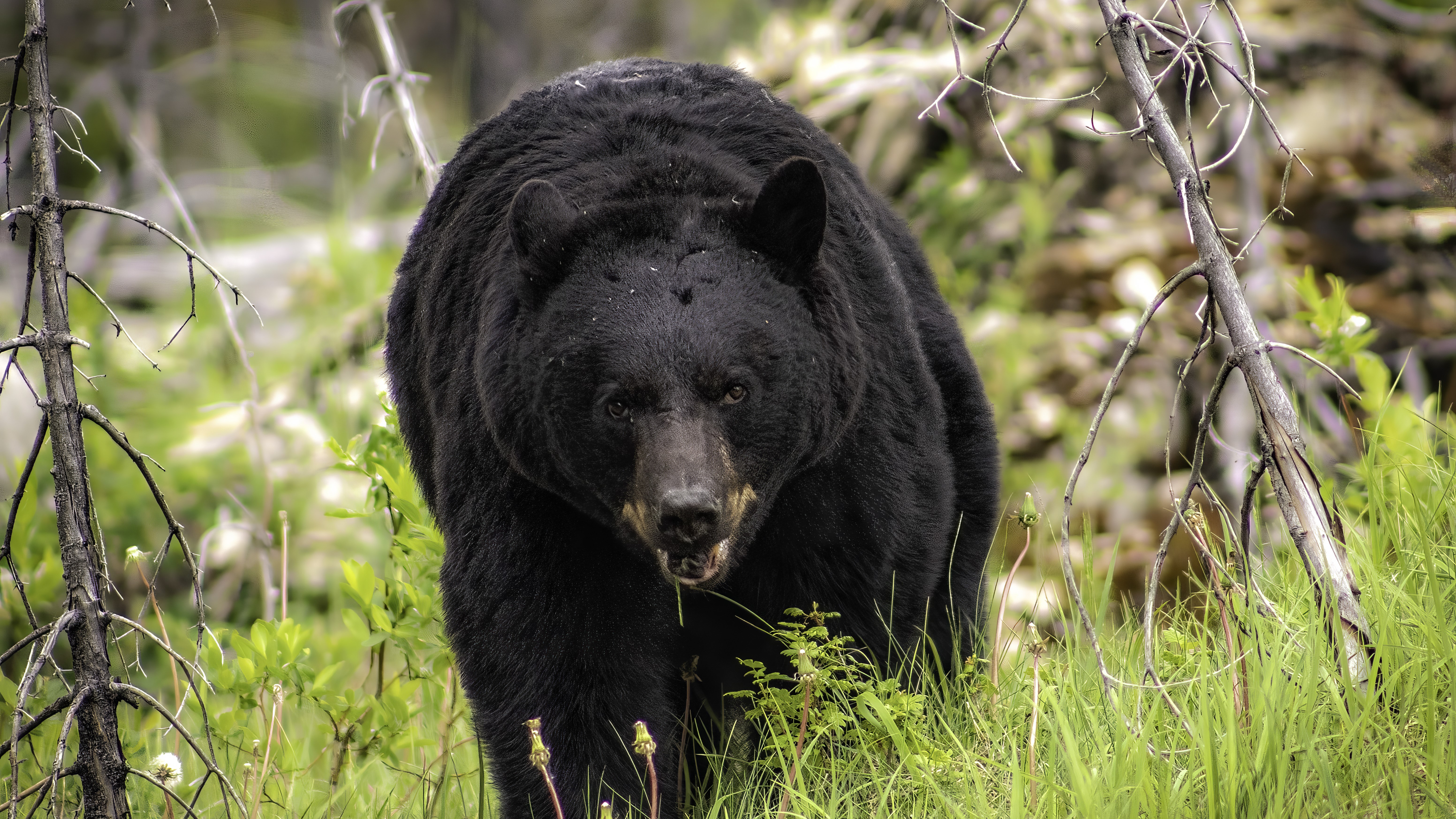When will bears start waking up for spring?
With winter drawing to a close, you might be wondering when you’ll see your next bruin clambering out of its den, rubbing the sleep out of its eyes

Wildlife sightings are truly one of the best reasons to spend time outdoors and if you live in bear country, you might be asking yourself when you’re likely to see your first bruin clambering out of its winter den, rubbing the sleep out of its eyes with its hefty paws.
As we explain in our article on bears in winter, bears don’t go into hibernation for the cold months, strictly sleeping; however, they do spend a large chunk of the season sleeping, as food tends to be scarce in winter, particularly in snowy locations like the Rocky Mountains.
Consequently, bears power down their metabolism and rest to survive the winter. If food does make itself available, however, or if they feel threatened during this time, a bear will wake up for a snack or a spot of self-defense before going back to bed, and that’s why you will occasionally see reports of bear activity in winter such as the one that nearly wiped out skiers at Heavenly Ski Resort in Tahoe this past December.
For this reason, a bear’s winter slumber is technically called “torpor,” but semantics aside, the chances are high that you won’t have seen many of them for a few months and you might find yourself wondering when they’ll be back, either because you missed them or you’re a bit nervous about hiking amongst them again.

When will bears be waking up for spring?
Like any element of the natural world, it’s impossible to predict exactly when bears will start waking up for spring, but based on what we’ve already told you, it should also be evident that bears will start stirring when food becomes available again. When will the buffet open, you ask? When the temperatures start to rise.
For that reason, bears up north tend to enjoy a much longer winter snooze than those down south. In Alaska’s Katmai National Park, home of the infamous Fat Bear Week, some bears don’t even make an appearance until June, but at lower latitudes, they often start rousing from their slumber much earlier. Officials at Colorado Parks and Wildlife say that Colorado’s black bears usually start waking up in the middle of March, around the same time as those over in Great Smoky Mountains National Park. In 2023, however, the first grizzly bear sighting at Yellowstone National Park occurred as early as March 7, so every year is a little different and depends on the weather.

How to prepare for bears waking up
What you really need to know is that once the weather starts growing milder, if you live in bear country, the bears are going to start stirring. When they do finally throw back the covers and get out of bed, as it were, understandably, they’re going to be peckish.
All the latest inspiration, tips and guides to help you plan your next Advnture!
Melting snow reveals plants and dead animals for bears to feast on, while some grizzlies might be so hungry they’ll go after a live moose. Your chances of viewing a bear in the wild may be higher, but you’ll also want to be extra vigilant about not leaving food or trash unattended at any point in the backcountry, as this will also bring out hungry bears.
Additionally, during their time in torpor, female bears will have given birth and naturally be feeling extra protective about their new cubs, so it’s more important than ever to give them a wide berth. Last spring, we reported on a bear attacking a dirt bike after its rider crashed, and officials believe the bear in question may well have been a protective mama. Fortunately, the bear in this case went after the bike and not the rider, but this isn’t a theory you want to put to the test.
There’s nothing to say you can’t spend time in the backcountry when the bears start rising and shining, but you’ll need to be extra bear aware. Read our article on what to do if you meet a bear, carry bear spray if it’s allowed (and know how to use it), use binoculars to get up close and personal with bruins and keep your snacks under lock and key at all times.
Julia Clarke is a staff writer for Advnture.com and the author of the book Restorative Yoga for Beginners. She loves to explore mountains on foot, bike, skis and belay and then recover on the the yoga mat. Julia graduated with a degree in journalism in 2004 and spent eight years working as a radio presenter in Kansas City, Vermont, Boston and New York City before discovering the joys of the Rocky Mountains. She then detoured west to Colorado and enjoyed 11 years teaching yoga in Vail before returning to her hometown of Glasgow, Scotland in 2020 to focus on family and writing.

